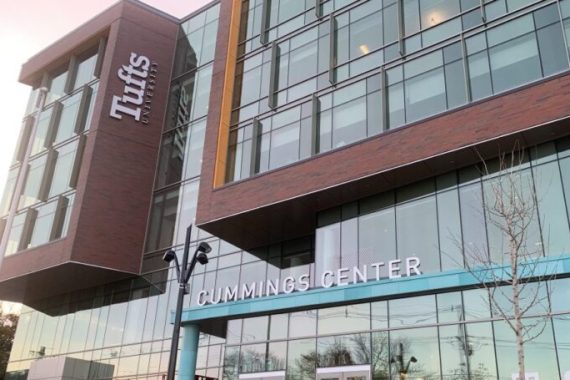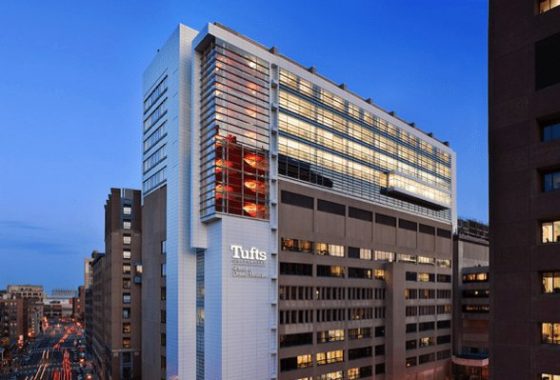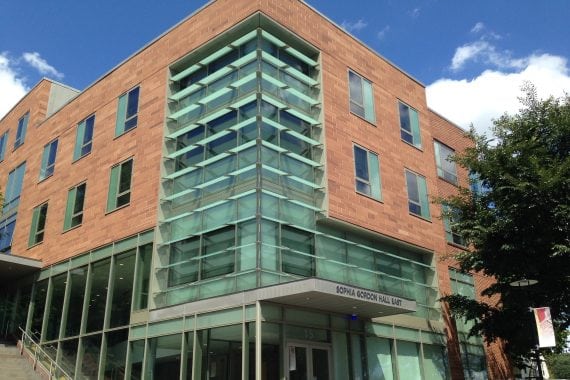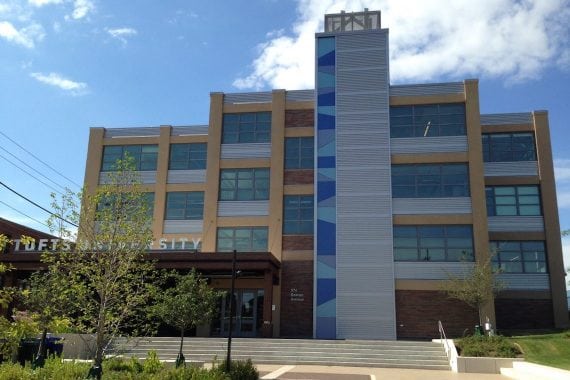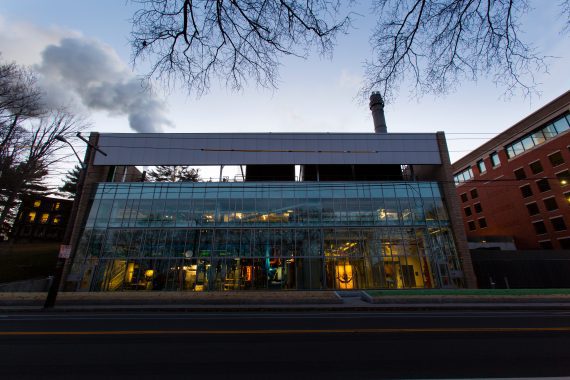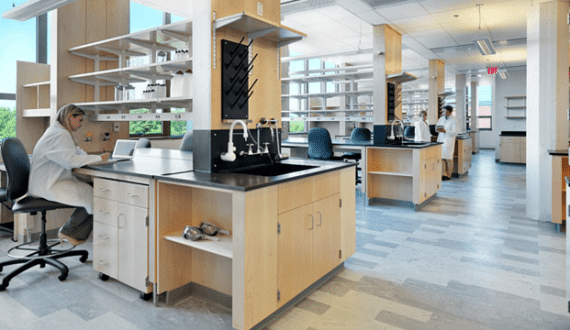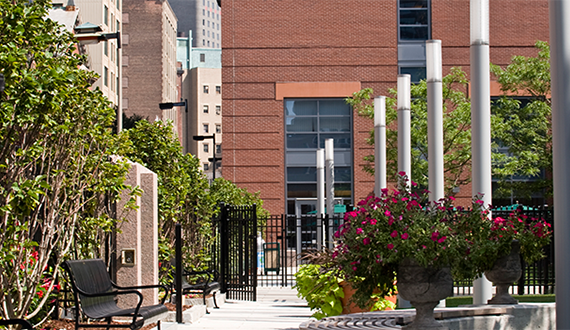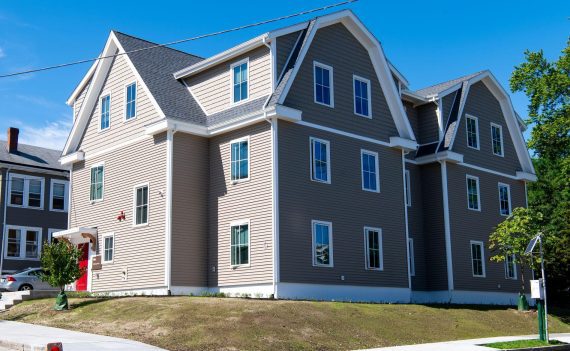Sustainable Infrastructure
In line with its commitment to sustainability and reaching net-zero carbon emissions by 2050, Tufts considers sustainable infrastructure within the built environment and in all of its campus planning projects. The United Nations Environment Programme defines this concept by saying, "Sustainable infrastructure systems are those that are planned, designed, constructed, operated and decommissioned in a manner that ensures economic and financial, social, environmental (including climate resilience), and institutional sustainability over the entire infrastructure life cycle. Sustainable infrastructure can include built infrastructure, natural infrastructure or hybrid infrastructure that contains elements of both."
Tufts is building and renovating state-of-the-art, energy efficient, and environmentally conscious buildings that are designed to meet a set of stringent sustainable goals and energy-use intensity targets that aim to reduce energy use and carbon emissions. Some of these buildings are designed to follow LEED standards (Leadership in Energy and Environmental Design), which is a voluntary, consensus-based national standard for developing high-performance, sustainable buildings. Tufts is also updating energy, heating, and cooling systems with more efficient mechanisms throughout its campuses, like the highly efficient Central Energy Plant.
